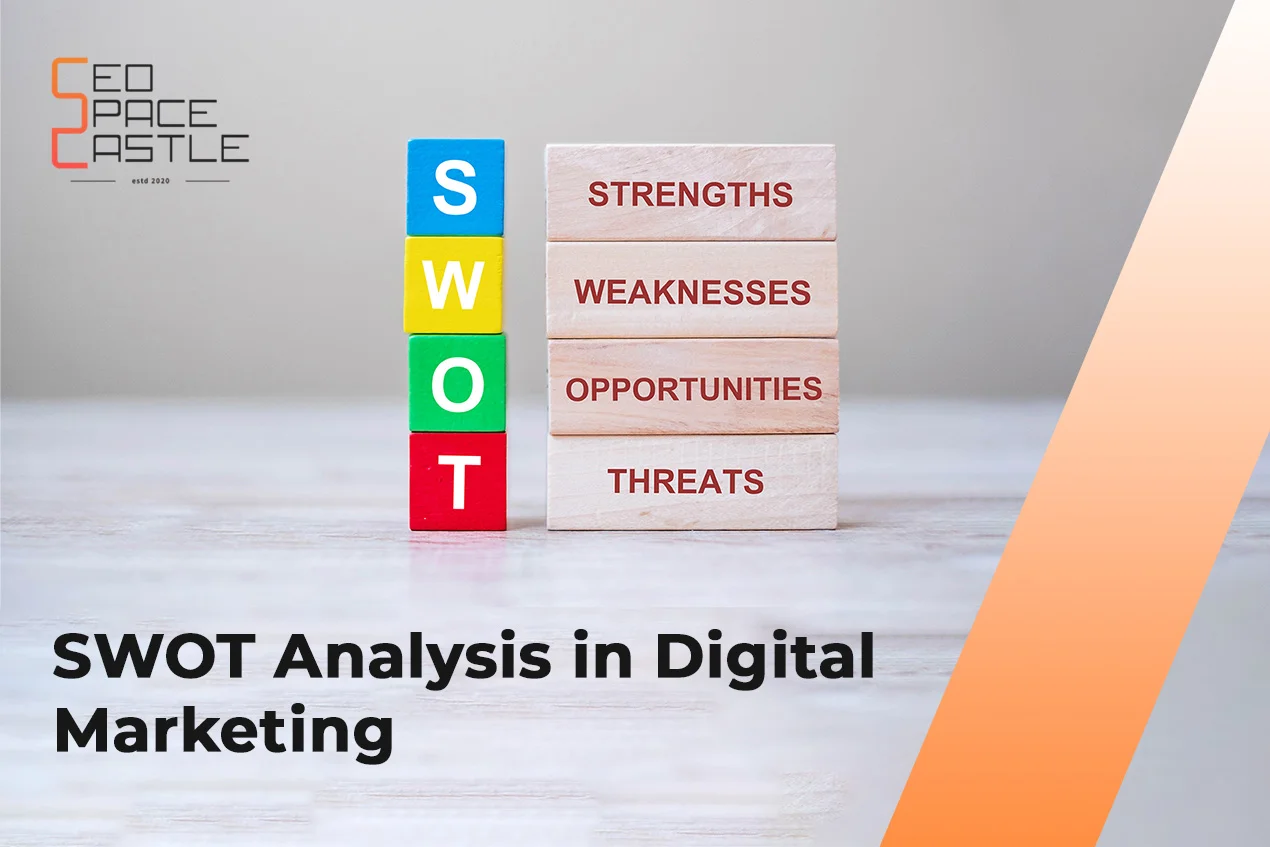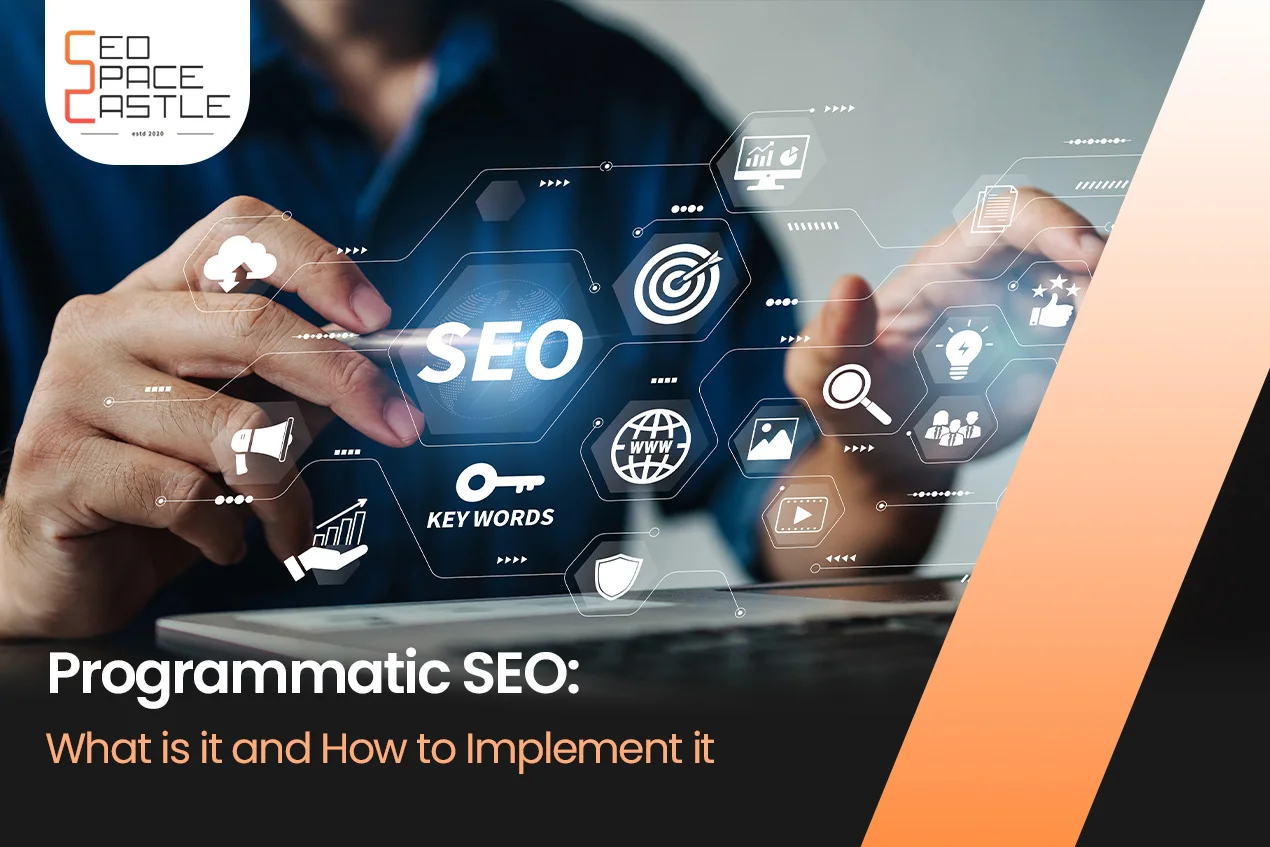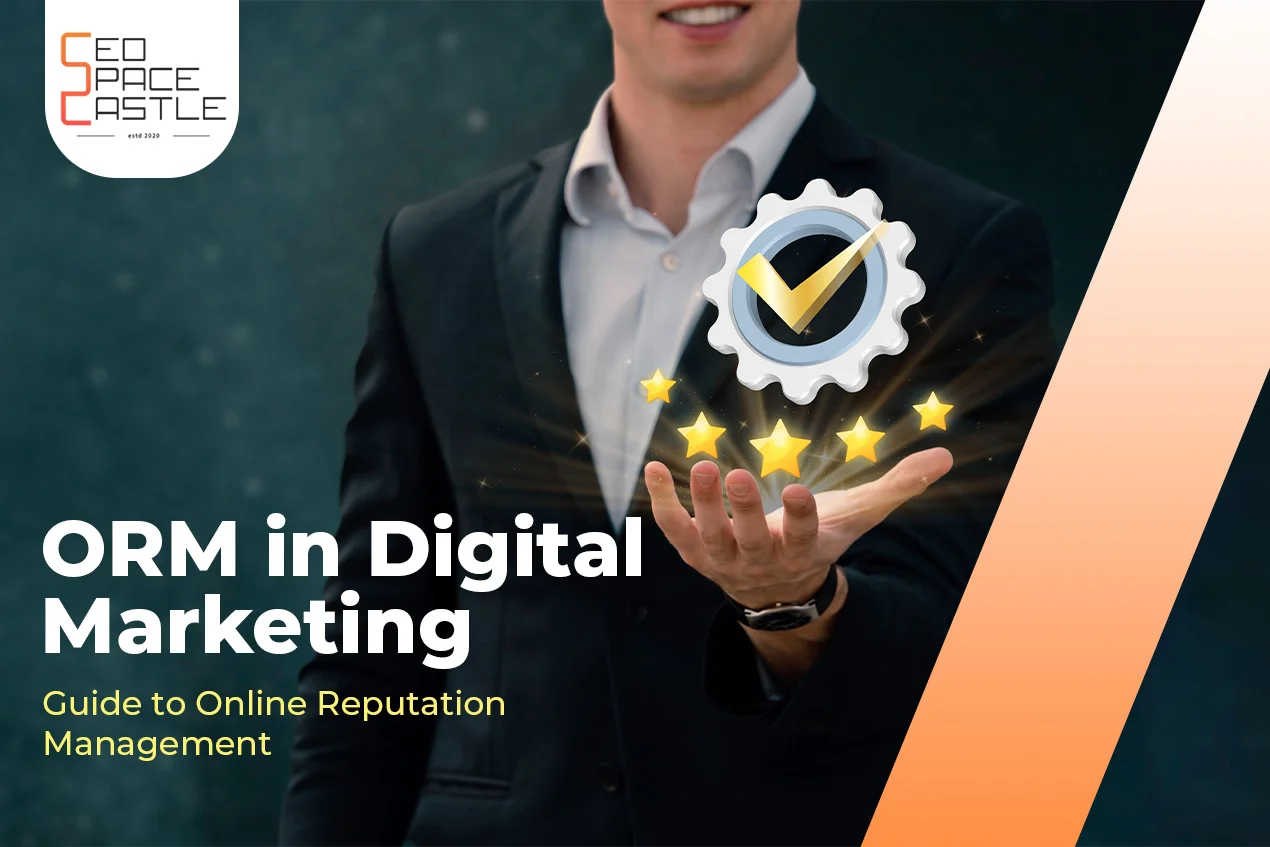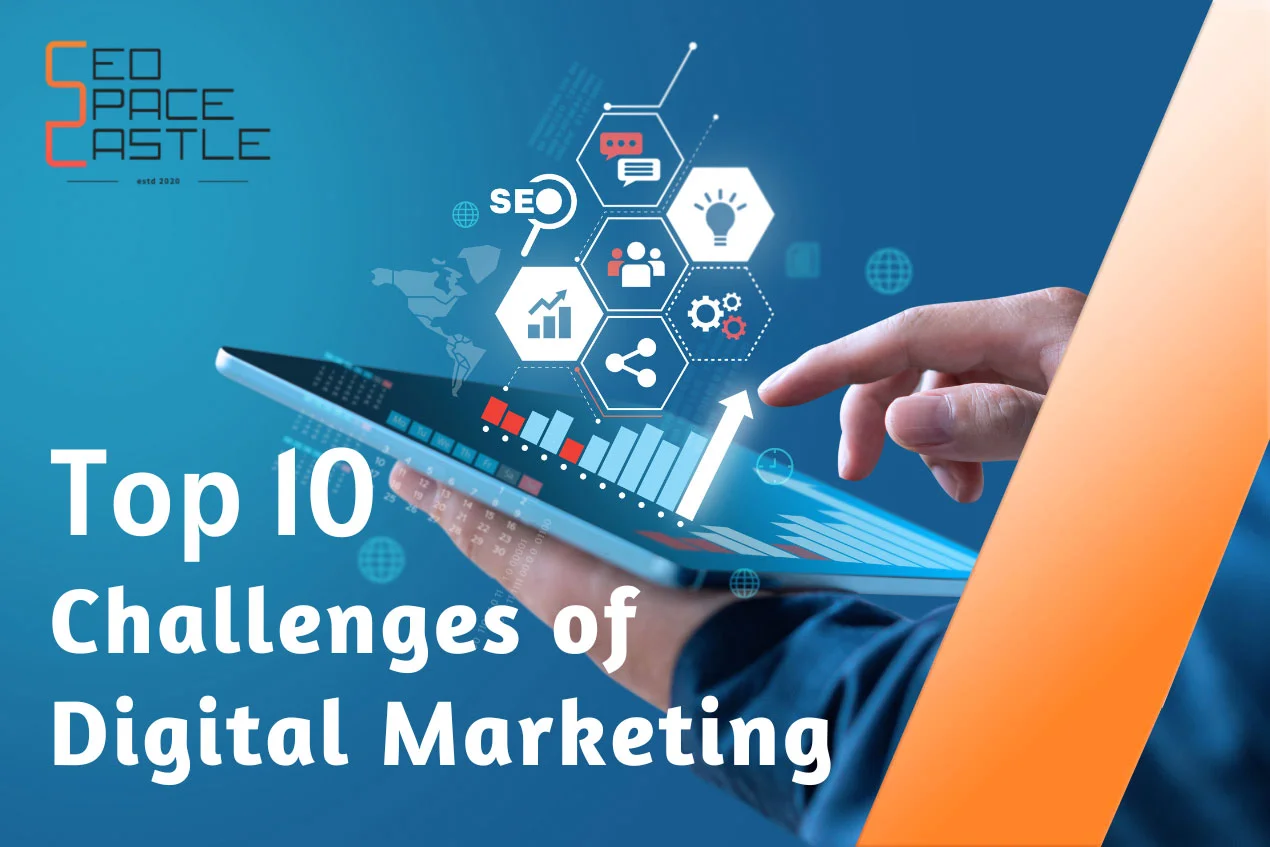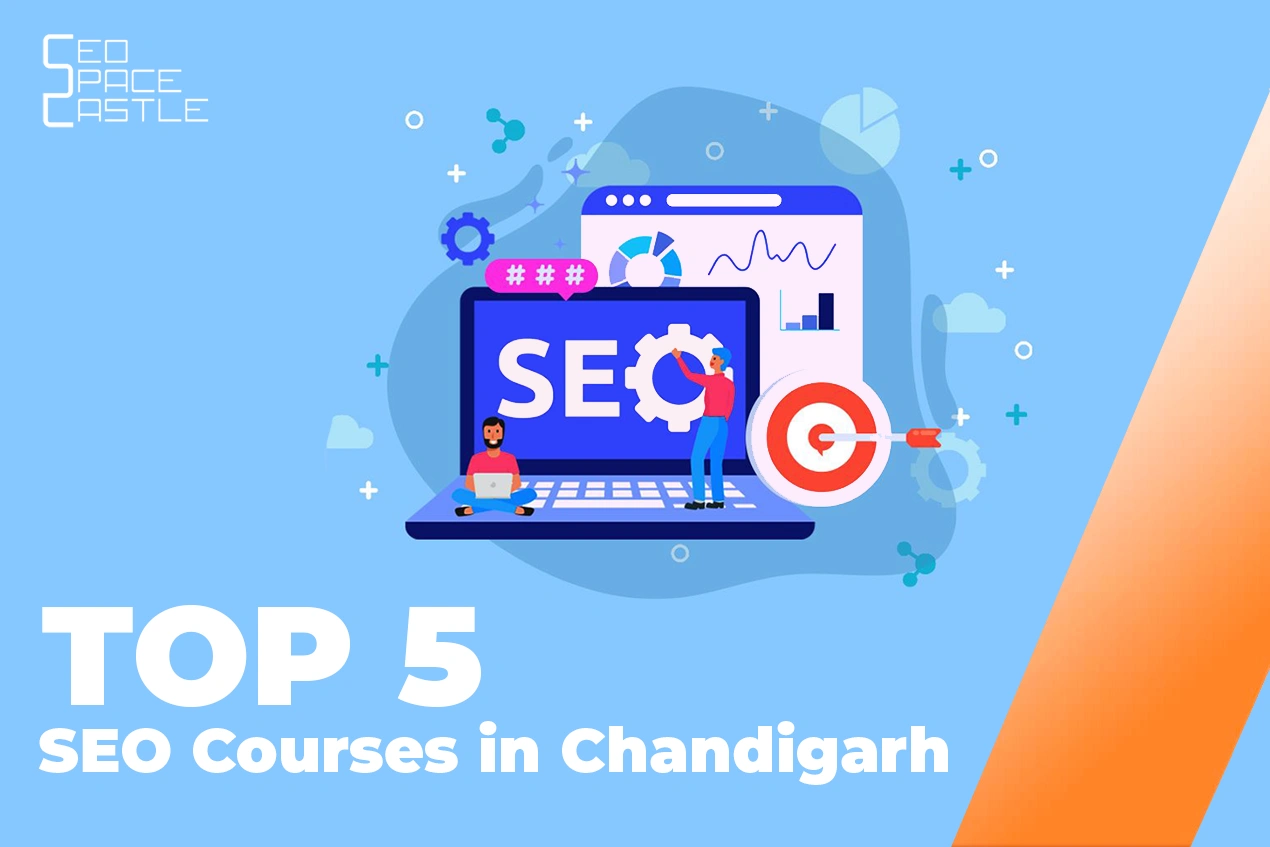In the ever-evolving world of digital marketing, staying ahead of the curve is crucial for businesses to thrive. SWOT analysis, a strategic planning tool, can be a powerful ally in this endeavour. By understanding its essence and application in the digital sphere, businesses can effectively navigate the online landscape, capitalizing on strengths, addressing weaknesses, seizing opportunities, and mitigating threats.
Table of Contents
- What is a SWOT Analysis?
- SWOT Analysis in Digital Marketing
- Strengths
- Weaknesses
- Opportunities
- Threats
- How to Conduct SWOT Analysis for Your Digital Marketing Strategy
- Conclusion
- Frequently Asked Questions
What is a SWOT Analysis?
SWOT stands for Strengths, Weaknesses, Opportunities, and Threats. It's not some abstract concept cooked up in a marketing lab; rather, it's a simple yet profound technique that helps you understand your business better.
A SWOT analysis is a strategic planning tool that helps businesses identify internal and external factors that can impact their marketing goals. By identifying internal strengths and weaknesses, as well as external opportunities and threats, organizations can make informed decisions to enhance their overall performance.
SWOT Analysis in Digital Marketing
A comprehensive understanding of these internal and external factors can guide digital marketers in leveraging strengths, addressing weaknesses, capitalizing on opportunities, and mitigating threats to formulate effective and adaptable strategies.

1.) Strengths
Targeted Advertising :-
1.) Digital marketing allows for precise targeting based on demographics, interests, and online behavior.
2.) Advertisers can reach specific audiences, increasing the likelihood of engagement and conversion.
Measurable Metrics :-
I.) Robust analytics tools provide real-time data on campaign performance.
II.) Marketers can track key performance indicators (KPIs) such as click-through rates, conversion rates, and return on investment (ROI).
Cost-Effectiveness :-
1.) Compared to traditional marketing channels, digital marketing often offers a more cost-effective way to reach a large audience.
2.) Various online platforms enable advertisers to set budgets and optimize spending based on performance.
Global Reach :-
I.) Digital marketing allows businesses to reach a global audience without significant geographical constraints.
II.) Social media, search engines, and email campaigns transcend borders, enabling international brand exposure.
Interactivity and Engagement :-
1.) Interactive content, such as quizzes, polls, and social media engagement, fosters direct communication with the audience.
2.) Customer feedback and interactions can be leveraged to refine marketing strategies in real time.

2.) Weaknesses
Overwhelming Competition :-
1.) The digital landscape is highly saturated, making it challenging for businesses to stand out.
2.) Increased competition can lead to rising advertising costs and decreased visibility for some brands.
Dependency on Technology :-
I.) Digital marketing is heavily reliant on technology and internet infrastructure.
II.) Technical issues, such as website outages or algorithm changes, can disrupt marketing efforts.
Data Privacy Concerns :-
1.) Increasing concerns about data privacy may lead to stricter regulations and limitations on the collection and use of customer data.
2.) Advertisers must navigate evolving privacy laws and ensure compliance to maintain consumer trust.
Rapid Technological Changes :-
I.) The dynamic nature of digital platforms and technologies requires constant adaptation.
II.) Businesses must stay updated with the latest trends and tools, which can be resource-intensive.
Ad Blocking :-
1.) The prevalence of ad-blocking software poses a challenge to digital marketers.
2.) As users seek to avoid intrusive ads, marketers must create content that adds value and resonates with their audience.
3.) Opportunities
Emerging Technologies :-
1.) Integration of emerging technologies like AI, AR, and VR can enhance digital marketing strategies.
2.) Chatbots, personalized recommendations, and immersive experiences can create innovative and engaging campaigns.
E-commerce Growth :-
I.) The rise of online shopping presents opportunities for digital marketing to drive e-commerce sales.
II.) Social commerce and influencer collaborations can directly impact purchasing decisions.
Content Marketing :-
1.) High-quality content remains a key driver for digital success.
2.) Opportunities exist to create compelling and shareable content, build brand authority, and attract organic traffic.
Mobile Marketing :-
I.) With the increasing use of mobile devices, optimizing for mobile platforms presents a significant opportunity.
II.) Location-based marketing and mobile app advertising can enhance customer engagement.
Personalization :-
1.) Leveraging data for personalized marketing campaigns can enhance customer experiences.
2.) Tailoring content and offers to individual preferences can increase customer loyalty and satisfaction.
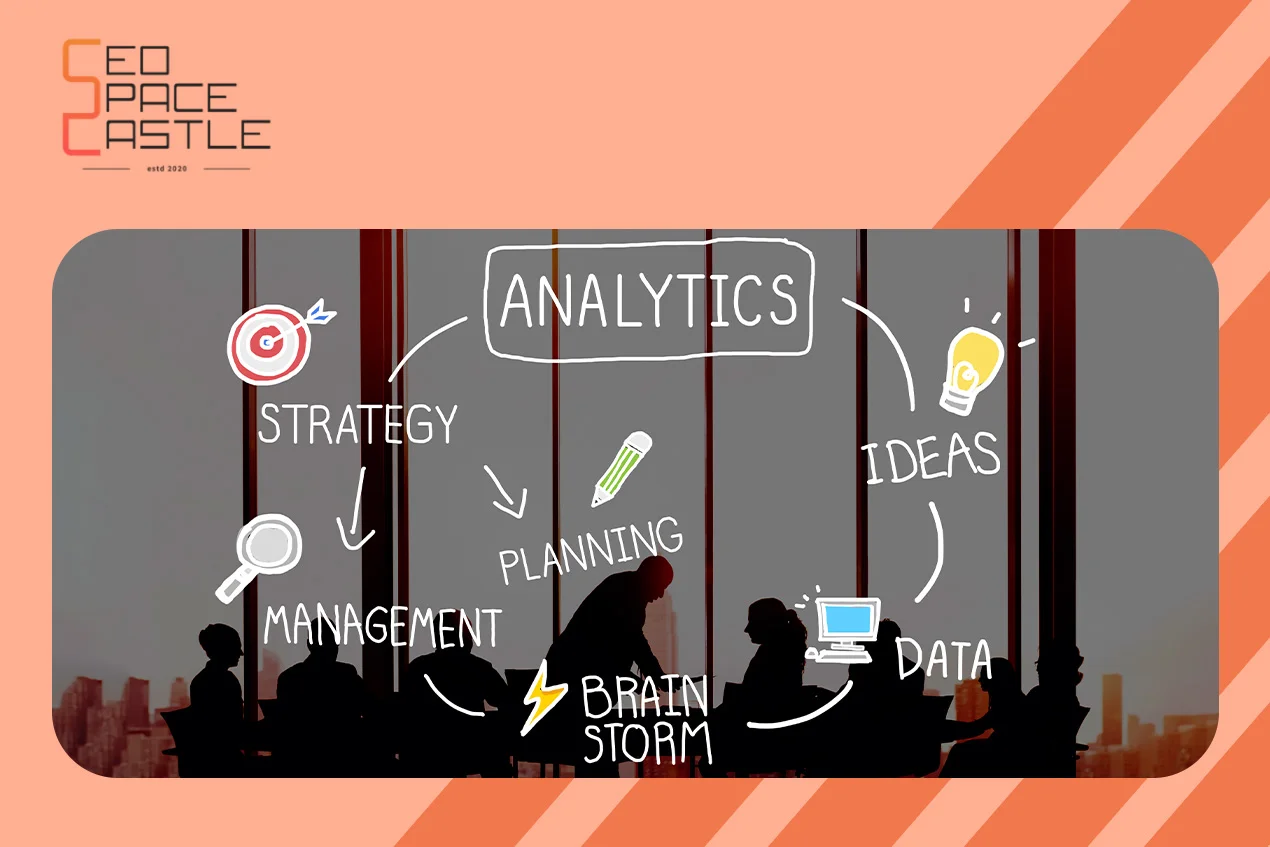
4.) Threats
Cybersecurity Risks :-
1.) The digital realm is susceptible to cyber threats, including data breaches and hacking.
2.) Security concerns may impact consumer trust and the overall reliability of digital channels.
Algorithm Changes :-
I.) Changes in search engine algorithms and social media algorithms can significantly impact visibility.
II.) Marketers must adapt quickly to algorithmic shifts to maintain or improve their online presence.
Saturation of Social Media :-
1.) Social media platforms may become oversaturated, making it difficult for brands to achieve organic reach.
2.) Paid advertising and strategic content creation become crucial to maintaining visibility.
Short Attention Spans :-
1.) The digital landscape fosters short attention spans among users.
2.) Marketers must capture attention quickly and deliver concise, compelling messages to avoid audience disengagement.
Global Economic Factors :-
1.) Economic downturns or uncertainties can affect marketing budgets and consumer spending.
2.) Digital marketers need to be agile in adjusting strategies to align with changing economic conditions.
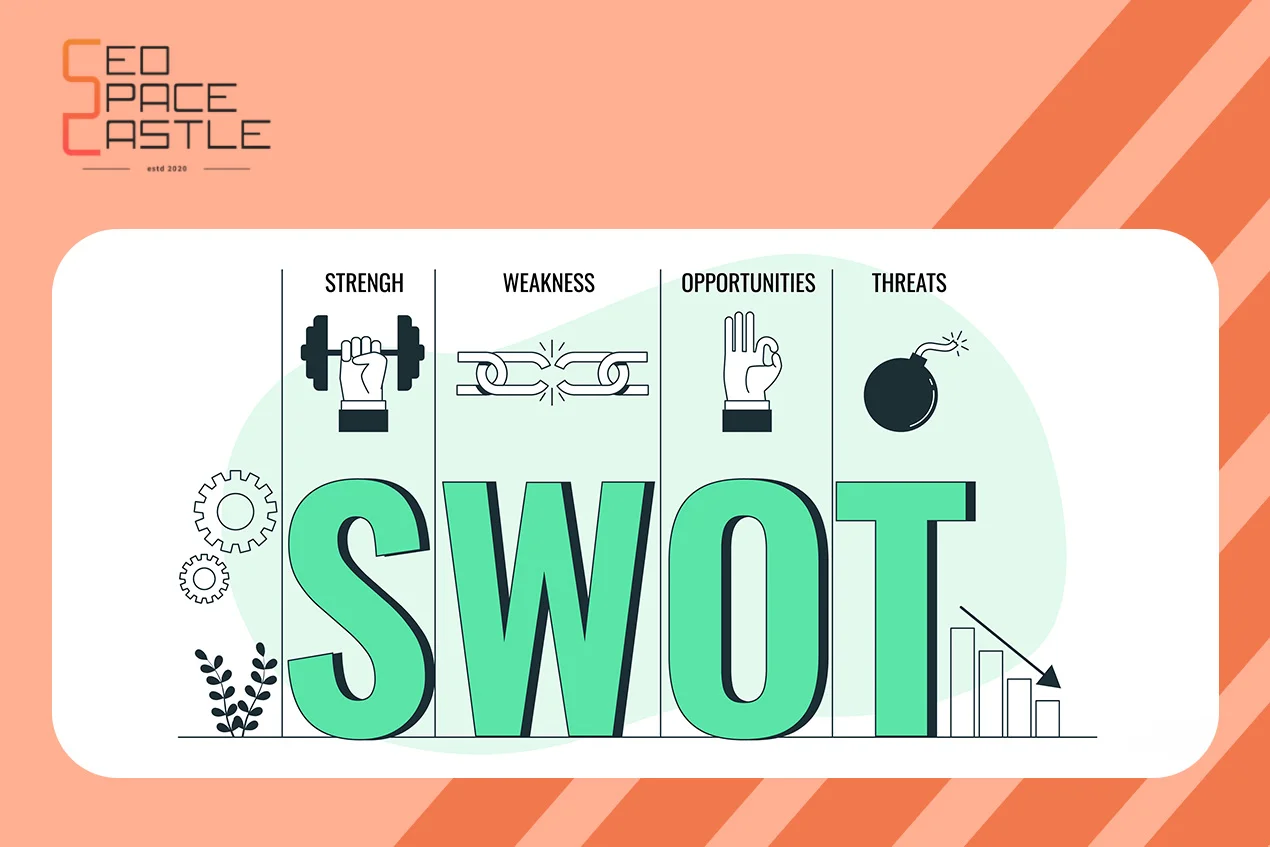
How to Conduct SWOT Analysis for Your Digital Marketing Strategy
Now that we understand the importance and SWOT analysis in digital marketing, let's roll up our sleeves and get down to business. Conducting a SWOT analysis for your digital marketing strategy is like preparing for a grand quest. Let's explore a step-by-step guide on how to conduct one:
I.) Identify Your Objectives
Clearly define your digital marketing objectives. Are you looking to increase brand awareness, drive website traffic, or boost online sales? Knowing your goals will shape the focus of your analysis.
II.) Gather Your Team
Collaboration is key. Involve key stakeholders from various departments to gain diverse perspectives. Their insights can provide a holistic view of your digital landscape.
III.) Strengths: What Sets You Apart?
Evaluate your digital assets. What makes your brand unique? Assess your website, social media presence, content quality, and any other digital touchpoints that contribute to your online identity.
IV.) Weaknesses: Areas Needing Improvement
Be honest about your shortcomings. Analyze your website's user experience, social media engagement, and content effectiveness. Pinpoint areas that require enhancement to stay competitive.
V.) Opportunities: Embrace the Digital Horizon
Stay vigilant for emerging trends and technologies. Explore new platforms, target audiences, or content formats that align with your objectives. Identify untapped digital avenues to explore.
VI.) Threats: Guarding Against Digital Challenges
Anticipate potential pitfalls. Monitor competitors, industry trends, and technological shifts. Develop strategies to mitigate threats, whether they be market fluctuations, algorithm changes, or cybersecurity risks.
VII.) Develop Actionable Strategies
Based on your SWOT analysis, formulate actionable strategies. Capitalize on strengths, address weaknesses, seize opportunities, and fortify against threats. Your action plan should align with your digital marketing objectives.
Conclusion
SWOT analysis serves as an invaluable tool for businesses seeking to optimize their digital marketing strategies and achieve their online goals. By understanding their strengths, addressing weaknesses, embracing opportunities, and combating threats, businesses can navigate the dynamic digital landscape with confidence, maximizing their online presence and achieving sustainable success.
As you embark on your digital journey armed with the insights from your SWOT analysis, remember – the digital realm is ever-changing, and so should be your strategy. Keep analyzing, keep adapting, and let the digital winds carry your brand to new horizons.



